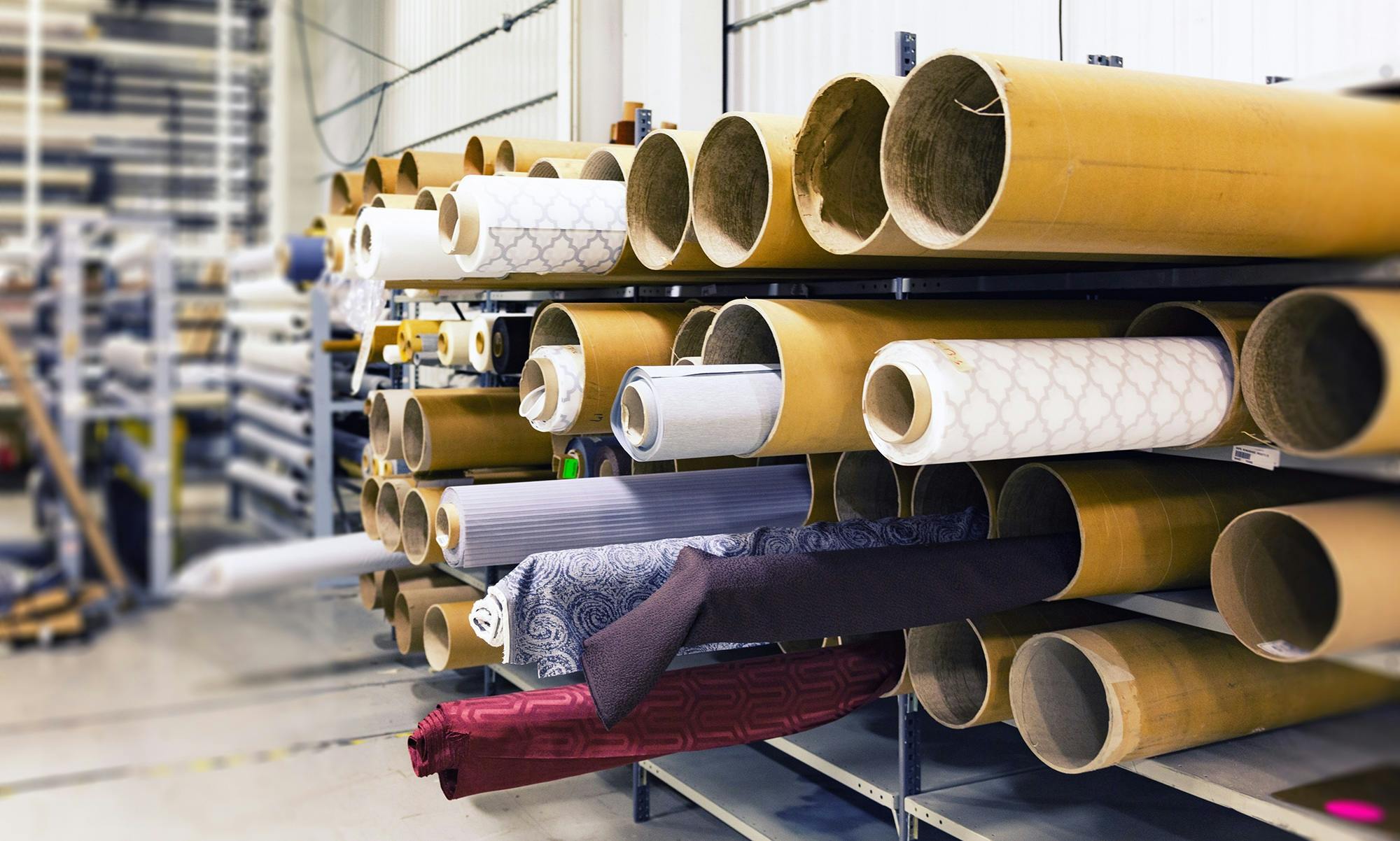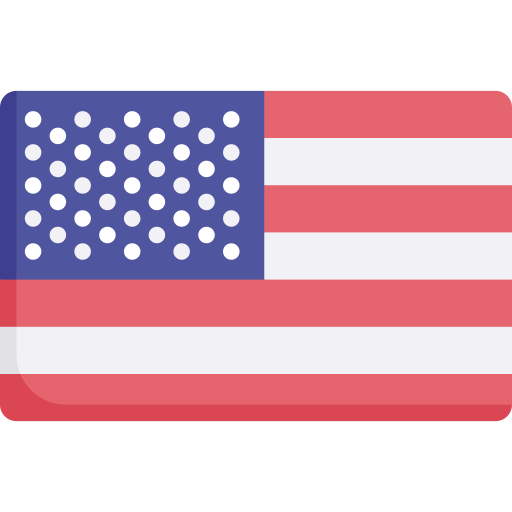If you are unsure where to start when it comes to turning your product idea into a tangible item, you are not alone. Because finding a reliable, cost-effective, and high-quality manufacturer is a common challenge for many businesses. Fortunately, you see this article. After engaging with hundreds of successful North American retailers, we compiled insights that can help you navigate this process.
Whether this is your first time venturing into product manufacturing or optimizing your supply chain, manufacturing in China could be a smart choice. Because many American businesses have successfully leveraged Chinese manufacturers and suppliers to produce high-quality products at more cost-effective prices.
In this article, we will bring you to explore the differences between manufacturers and suppliers, the advantages of Chinese manufacturers, the steps to finding a manufacturer in China, and how a sourcing agent can help. By the end, find the ideal manufacturing partner for your business and ensure your product meets market demand from concept to production. Let’s get started.

Source: Pexels
What Is a Manufacturer? Is a Manufacturer a Supplier?
A manufacturer is a business that converts raw materials into finished products. They typically have well-equipped facilities and comprehensive production processes from material processing to final packaging. In the modern manufacturing industry, a skilled manufacturer not only focuses on producing existing products but can also manage the entire product development process from design and prototyping to final production. Many retailers choose to work with multiple manufacturers to diversify their store inventory. This strategy, known as supplier diversification, encourages a unique product mix to reduce supply chain risk.
Yes, all manufacturers are suppliers, but not all suppliers are manufacturers. Some suppliers have evolved from manufacturers and own their factories. Some suppliers are only intermediaries, buying and reselling products. Now, many suppliers are not manufacturers and often add layers of markup.
Why Should I Manufacture in China?
With a strong manufacturing ecosystem, China accounts for 30% of global manufacturing output, offering numerous advantages for businesses sourcing products. Here are some key reasons to consider China for your manufacturing needs.
Mature Manufacturing Ecosystem
The Chinese manufacturing industry has a long history, with significant government investment, leading to a well-established supply chain. This ecosystem includes every part from raw material sourcing to product assembly, quality control, and global logistics. This makes processes more efficient and cost-effective, allowing businesses to produce quality products at lower costs.

Source: Pexels
Rich Production Capacity and Flexibility
Chinese manufacturers cover almost every industry because of its vast territory and diverse natural resources. Whether you need to produce simple consumer goods or high-end tech products, Chinese manufacturers can offer the best solutions for your needs.
Strong Cost Advantage
Cost control is critical for maximizing profits in every industry. Compared to Western countries, China provides a strong cost advantage. Compared to Southeast Asia, China has higher technological capabilities.
How to Find a Manufacturer in 7 Steps
After learning about the advantages of manufacturing in China, are you ready to turn your product idea into reality? Here is an ultimate guide to help you find the right manufacturer for your business, which is based on my 20 years of experience in the China sourcing industry.
Before that, you need to know that a common approach used by successful retailers is the "9531" method.
Select 9 potential manufacturers
Narrow them down to 5 through your requirements
Negotiate with the 5 and choose 3
Select 1 based on a sample for long-term collaboration
1. Define Your Product
Before finding manufacturers, you must clearly define the design, functionality, and target market of your products. This at least includes:
-
Product specifications (size, material, function, etc.)
-
Expected production volume
-
Quality standards and certifications (CE, FCC, RoHS, etc.)
-
Target price range
A clear product definition helps you identify manufacturers with the relevant production capabilities and ensures alignment at the start of the collaboration. It can help you avoid a lot of unnecessary workload in the subsequent production process.
2. Find Potential Manufacturers
If you are new to working with Chinese manufacturers, it will be helpful to start by utilizing online resources such as Made-in-China, Alibaba, and 1688. These platforms aggregate supplier information. And make it easier to communicate and process payments for overseas buyers. You can use keywords to search for manufacturers and filter results based on supplier qualifications.

Besides, attending industry trade shows (such as the Canton Fair or Hong Kong Electronics Fair) or visiting manufacturing hubs like Yiwu International Trade City are more effective ways to meet manufacturers in person, assess their capabilities, and better understand their business model.
3. Evaluate Manufacturers
After you list potential suppliers, you should evaluate them. Here are key evaluation criteria.
Production capacity: factory size, equipment, and technology.
Quality management system: ISO9001, BSCI certifications, etc.
Customer feedback: international brand experience.
Export markets: compliance with target market regulations.
Financial stability: ability to support long-term partnerships.
4. Communicate Product Design
After evaluating the manufacturers, contact them to communicate your product design and requirements. Make sure both parties agree on product specifications, quality standards, and production processes to avoid any miscommunication later. If you do not have a design sketch or only have an idea, be prepared for higher fees.

Source: Pexels
5. Negotiate Price and MOQ
During negotiations, keep these points in mind.
-
If the price includes additional costs like mold fees and certifications
-
Payment terms, payment methods, and timeline
-
Production lead time and delivery methods
-
Minimum Order Quantity (MOQ)
6. Obtain Samples and Compare Quality
Before committing to mass production, please request samples. This is key for evaluating whether the ability of the manufacturer meets your standards. If you are satisfied with the sample, please sign it, and keep it as a reference for future shipments. For example, if the goods you received are not the correct color in the future, you can refer to the control sample to prove the difference to the supplier and request compensation.
7. Place Your Order
Signing a contract and placing your order with the right manufacturer.
Evaluating Cost vs. Quality: What product do you really need?
As a retailer, profit margins are always top of mind. Low cost means using low-end materials, which makes it impossible for the product quality to be high; and in the process of pursuing product quality, costs cannot be controlled.
When choosing between cost and quality, the decision largely depends on your target market. If your customers are high-end buyers, quality should take precedence, because price sensitivity will be lower for them. For mid-range or budget-conscious customers, it may be necessary to sacrifice some quality to reduce costs and offer competitive prices.

Source: Pexels
Engaging a Sourcing Agent to Get Help
The Chinese manufacturing industry is highly developed, leading to large numbers of retailers sourcing products from China. This is exactly the case, over 90% of U.S. retailers choose to source from China. This makes the sourcing agent industry increasingly grow in China.
I highly recommend EJET Procurement as a trusted sourcing agent. With 18 years of experience in the sourcing industry, EJET offers exceptional procurement services and specializes in new product development. EJET’s new product development services can turn your ideas into reality through expert design, prototyping, and sample production. Additionally, they also provide custom packaging and flexible OEM and ODM solutions to ensure your product is market-ready and stands out.
EJET offers six key services in new product development are as follows.
-
Product Design
-
Prototyping
-
Sampling
-
Custom Packaging
-
Copyright Protection
-
OEM & ODM Solutions
Last Word
Finding the right manufacturer in China requires deep market understanding and a systematic approach. However, it is not such difficult as it seems. I hope this article can provide valuable insights to help you find the best manufacturing solution in China. For more information, feel free to click the link and submit the form! EJET will have a professional sourcing agent ready to assist you.




_1752054721298.jpg)









